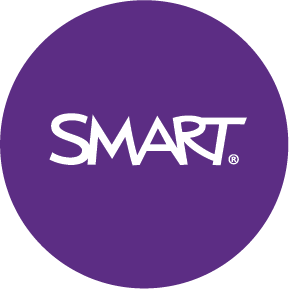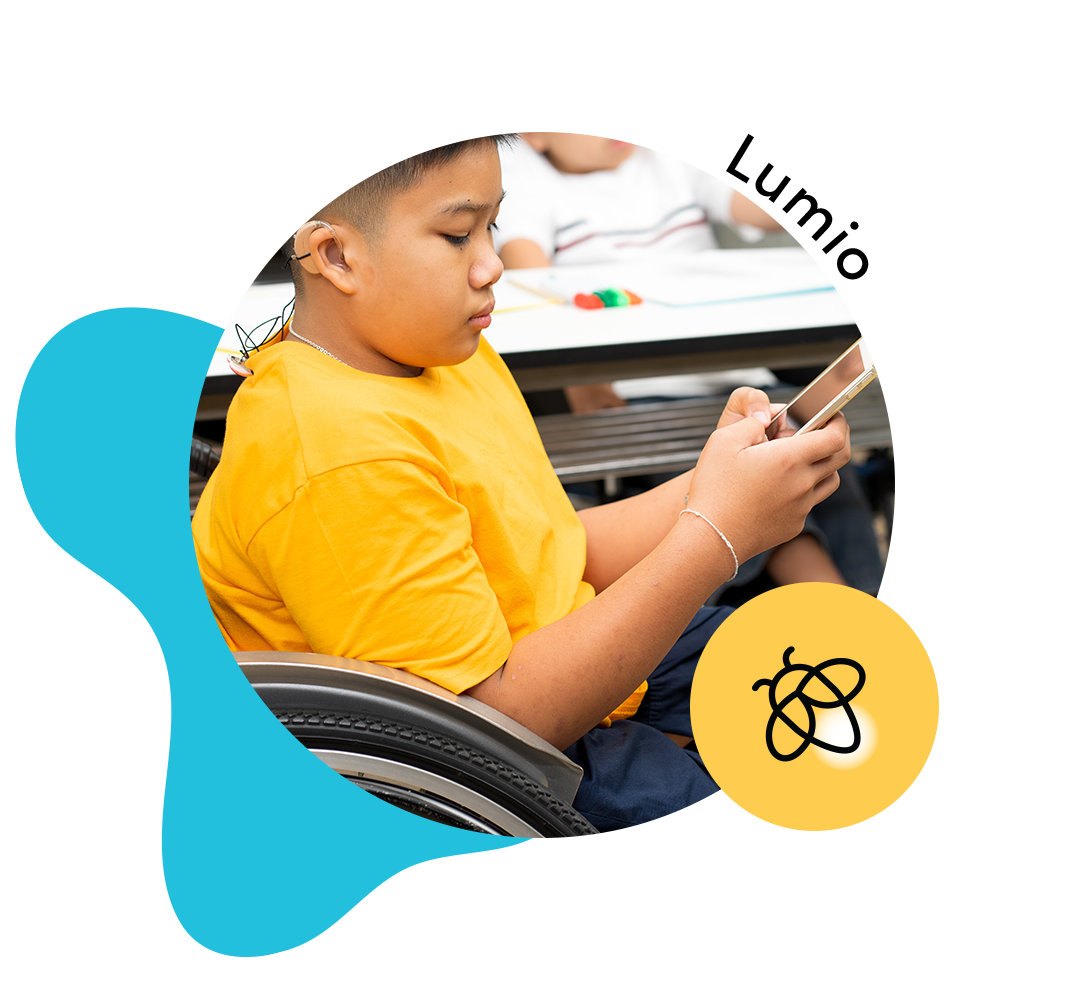Do you know where your students are online?
You've got some downtime for some of your students since they finished their work early. Rather than giving them a book to read or another activity to complete, you give them permission to "play" on a computer or another mobile device in your classroom.
Before you allow your students to use the technology, it would be a good idea to think about the following questions:
- Do you know what website your students are using?
- Do you know what your students are doing online?
- Do you have a proper filter installed?
- Is social media allowed or blocked?
- Do your students have the ability to communicate with others online?
- Do you have Google SafeSearch or another safe search engine enabled?
- Are there inappropriate ads on the websites that your students are using?
- Last but not least, is there someone in your school who can guide you in taking the proper steps to ensure that your students are using their devices appropriately?
If you answered "no" to one or more of the questions above, it would be a very good idea for you to learn about digital citizenship, why it's important, and how teaching digital citizenship can provide your students a safe and responsible use of technology.
So, What Is Digital Citizenship?
Digital Citizenship is the understanding of human, cultural, and societal issues related to technology and the advocating and practicing of safe, responsible and ethical use of digital information and technology. (ISTE, 2007)
As educators, teaching our students social skills is not enough anymore. In the 21st century, we need to teach them how to embrace the online world responsibly too. Our students are not only communicating and collaborating with others face to face, but they are doing so with others whom they encounter in the digital world. Digital Citizenship reflects the world that our students live in and we want to be able to understand the lives that they lead.
In addition, teaching these skills to our students allows us to address things and to be proactive as opposed to reactive. Students have so much more engagement now with the digital world, and as they are doing that, sometimes they don't make the right choices. Students sometimes don't really know what they are doing or the effect of how they are communicating with others. We want to make sure that our students know how to use technology wisely and safely.
Catch my next post for the resources I use for teaching digital citizenship.








